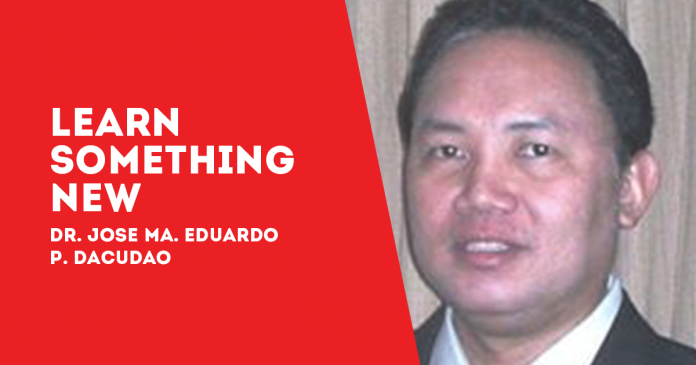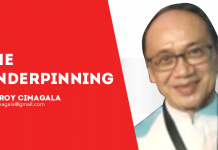
BY DR. JOSE MA. EDUARDO PALU-AY DACUDAO
(January 2025 edition)
NOTE THAT the brain’s motor cortex directs the contralateral muscles in our body because the UMN nerve impulse crosses to the other side at the cervico-medullary junction. That’s why if we have a stroke on the right side of the brain, we have weakness on the left side of the body. And if we have a stroke on the left side of the brain, we get paresis on the right side of the body.
Back to the voyage to the blackhole. We direct our upper motor neuron to wriggle our toe. Lo! The (opposite) toe wriggles. (Now we understand why it’s the opposite extremity.)
All seems well. Until we ask ourselves, what triggers the upper motor neuron to fire?
You might say offhand, our MIND of course. We will it to happen so it happens; but how does it actually happen?
I’ve asked local neurosurgeons and neurologists about it, and all of them don’t know. Even more surprisingly, none of those I’ve asked have thought of the above-question at all. In the neuro business all that really matters is localization: that is, we observe what part of the body gets paralyzed or numb then localize (trace it back) to which part of the brain got damaged.
You might say that it’s the sensory inputs to the brain that triggered the UMNs to fire. There are several sensory inputs.
Smell ‘travels’ through Cranial Nerve or CN 1, the olfactory nerve, of the frontal lobe.
Vision ‘travels’ along CN 2, the optic nerve, to the calcarine fissures of the occipital lobes.
Hearing and balance ‘travel’ along the vestibulocochlear nerve, or CN 8, to the pons (also called the metencephalon).
Taste in the anterior 2/3 of the tongue ‘travels’ along the facial nerve, or CN 7, to the pons; and in the posterior 1/3 of the tongue, taste ‘travels’ through the glossopharyngeal nerve, or CN 9, to the medulla oblongata (also called the myelencephalon).
Pain, temperature, light touch from the rest of the body and head eventually go to the post central gyrus.
The only people I know that try to memorize these connections are neuro people since we use the knowledge to localize which part of the brain got injured, or infarcted, or hemorrhaged. Since these details will take pages to explain, let’s just skip them, lest these bore you to sleep. Speaking of sleep, the ‘opposite’ in layperson’s terms is ‘wake’.
There are degrees of wakefulness. Neuro people usually use the term sensorium. The more awake you are, the higher is your sensorium score (I’m not going to bore you into a coma with more details of this.). The sleepier you are, the lower is your sensorium score.
Sensorium is mediated by the ascending reticular activating system (ARAS), which is said to be the anatomical basis for consciousness/ wakefulness, etcetera (as inferred by the fact thatdamage to the ARAS by strokes or accidents causes a decrease in sensorium).
Therefore, sensing and volitional movement cannot happen if the ARAS is depressed or shut down. Let’s put it concretely. If the ARAS is depressed, you become progressively sleepy, stuporous, or even comatose. You barely sense anything or you sense nothing at all. (To be continued)/PN







